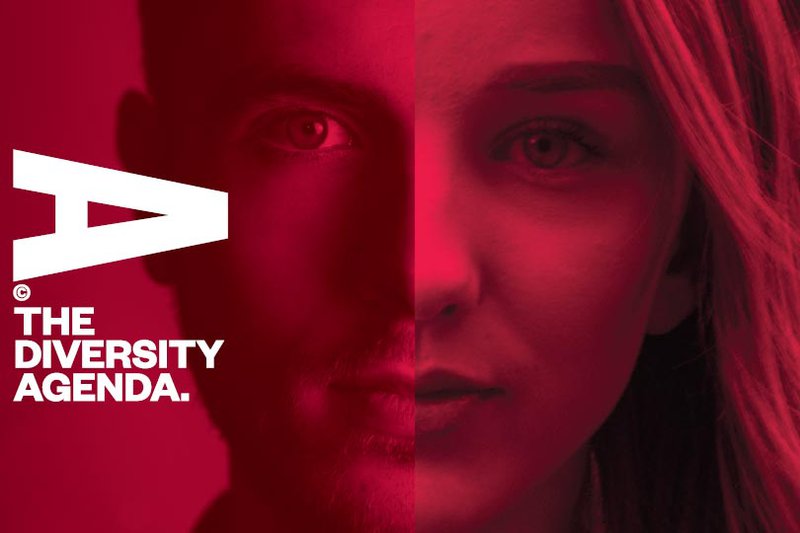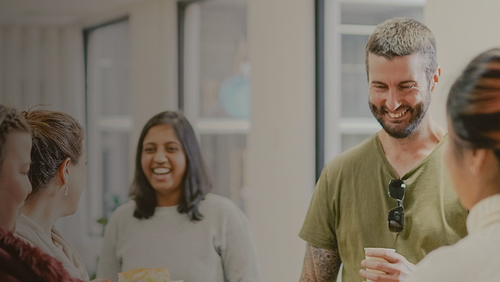5 Apr 2018
How each of us can play our part
There were three strikes against me in some people’s minds when I started my role three years ago: I’m not an engineer, I’m a female, and I’m a lawyer. I did not fit the stereotype.
It is no secret that the engineering profession is heavily male dominated. Only 12.5% of our members are women. There is a 19% gender pay gap on average and only 9% of our technical leaders are women. My appointment was a brave vote for diversity of thought.
Three years ago, I knew that the only way we, as a professional body, could be relevant in today’s rapidly changing world was to be modern, external facing – and inclusive. Without a diverse and representative membership, how could we shift the dial within the broader profession? How could we raise the engineering voice on matters that are critical to all New Zealand. Big issues like safe water, adaptation to climate change, and resilient communities? After all, engineers will be at the heart of the solutions.
Without diversity in every sense – opinion, experience, discipline, gender, education, sexuality, ethnicity, religion, everything – we won’t innovate. Artificial intelligence is advancing so quickly that our ability to connect as humans – despite our differences – and to bring multiple perspectives to bear, is more important than ever. Not to mention how important it is to have a range of voices shaping this technology. Research shows that AI programmes are already picking up human racial and gender biases. This is dangerous, and to combat it we need diversity.
So, three years on, what have we done to push for more inclusivity in our industry? And what next?
I constantly push myself to think about the ABC of diversity. You may wish to ask these questions in your own world.

We're launching our Diversity Agenda campaign on 11 April
Firstly, Awareness. We can’t begin without a stocktake. Only when we know what we are dealing with can we start to think about what to do about it. How aware are we? Of our own biases, of our organisation’s blind spots, of our profession’s systematic, habitual, forms of exclusion?
Three years ago, we got clearer about what we were seeing in our profession: a stereotype of male Pakeha engineers in hard hats and high viz vests building bridges and structures; a conservative membership organisation focused on civil and structural engineering; sobering diversity stats; a profession unattractive to girls, Maori and Pasifika; and the reality that many of the young women who overcame and challenged the stereotypes left the profession early. And all the while we had – and still have – a shortage of engineers.
At Engineering New Zealand, we are taking this challenge on. We want to change the way society engages with engineering and to create a new vision of engineers – that’s diverse, inclusive, purpose driven and shows itself to be the innovative and creative profession that it is. To engage mums and dads who will encourage their daughters and sons to get into engineering. To inspire kids. To attract millennials into engineering and to keep them there.
We cannot do this alone. But we can do our bit.
So we have said farewell to our old name (the Institution of Professional Engineers of New Zealand) and are working to disrupt stereotypes in everything we do. Our vibrant modern butterfly logo represents the transformation that is at the heart of engineering. It helps us bring engineering to life.
Our new membership pathway provides a home for all engineering professionals, not just those who have done a four-year degree but for our technologists and technicians too. And for all disciplines– not just civil and structural engineers, but for our emerging and critical disciplines such as such as robotics and software engineers.
On 11 April, we launch the Diversity Agenda - a cross-profession initiative with the New Zealand Institute of Architects and the Association of Consulting Engineers. We are bringing together our professional bodies to create momentum and a movement for change. We are signing up our Founding Partners and Changemakers to targets and a tikanga (or code); we will tell the good, the bad and the ugly stories about diversity and inclusion in our professions; we will talk about what works – and we’ll underscore it all with a social media campaign: #statsthatsuck
Later in the year, we are launching a new schools programme to excite and inspire our kids. To have them believe they can have a career in STEM – and that they want to.
If Awareness is the start, the real work is in creating environments where people feel they Belong. Diversity is a result, inclusion is the way to get there. Inclusion involves a state of mind and a set of behaviours. Which means each one of us has the power to make a difference here – to set up environments so that everyone feels they belong.
Many years ago, just six months after returning from parental leave, I left my big law firm– even though I was allowed to work half time. Why? Because I no longer felt I belonged in an environment where the culture measured achievement by how many all-nighters you put in. My story is far from unique – what’s sobering about it is that it is still happening.
We’ve seen the benefits of diversity in thought as we transformed into Engineering New Zealand – our leadership team includes an engineer, an accountant, a marketer, an educationalist and a lawyer.
It is the most innovative and forward-thinking team I have ever worked with. And we operate flexibly. Our men and women with children have to do traffic duty, be at home with sick kids, and take time off for school visits. They leave loudly. We hire pregnant women if they are the best for the job. This shouldn’t be an anomaly in this day and age - it should be the norm. But unfortunately, it isn’t. Yet.
We think about language. A small change can be powerful - changing from the exclusive jargon of ‘professional engineers’ (which relates to those who hold four-year degrees) to ‘engineering professionals’ opens the door for many.
But none of us will do anything at all in this space without Courage.
Some of the changes we have made as an organisation have challenged a few that were happier with the status quo. It’s taken leadership from all of us – our board and our team - to push through anyway.
And finally, we have to put the ‘I’ into it. Yes, we can all work on diversity initiatives together, but unless I have the courage to face and disrupt my biases, to see where voices aren’t heard, to have the conversations, to challenge how myself and others think, then I am not playing my part.
When it’s only about statistics and policies – and we don’t attend to the behaviours, language and culture around us – we let ourselves of the hook. Does everyone – male or female – in your workplace feel safe calling out inappropriate behaviour or comments? If someone does call it out, do you offer them unequivocal support?
Every now and then, I feel overwhelmed by the extent of the problem. There is still so much to do and, if the speed of progress is anything to go by, change won’t come overnight.
But if enough of us make it our problem to solve, and we hear the growing voice of our youth, as well the movements all around the world such as #metoo and #timesup, we can see something shifting. And we can all play our part.
If I think about my ABC: if I’m aware, help people belong – and have courage – there’s always something I can do today.





